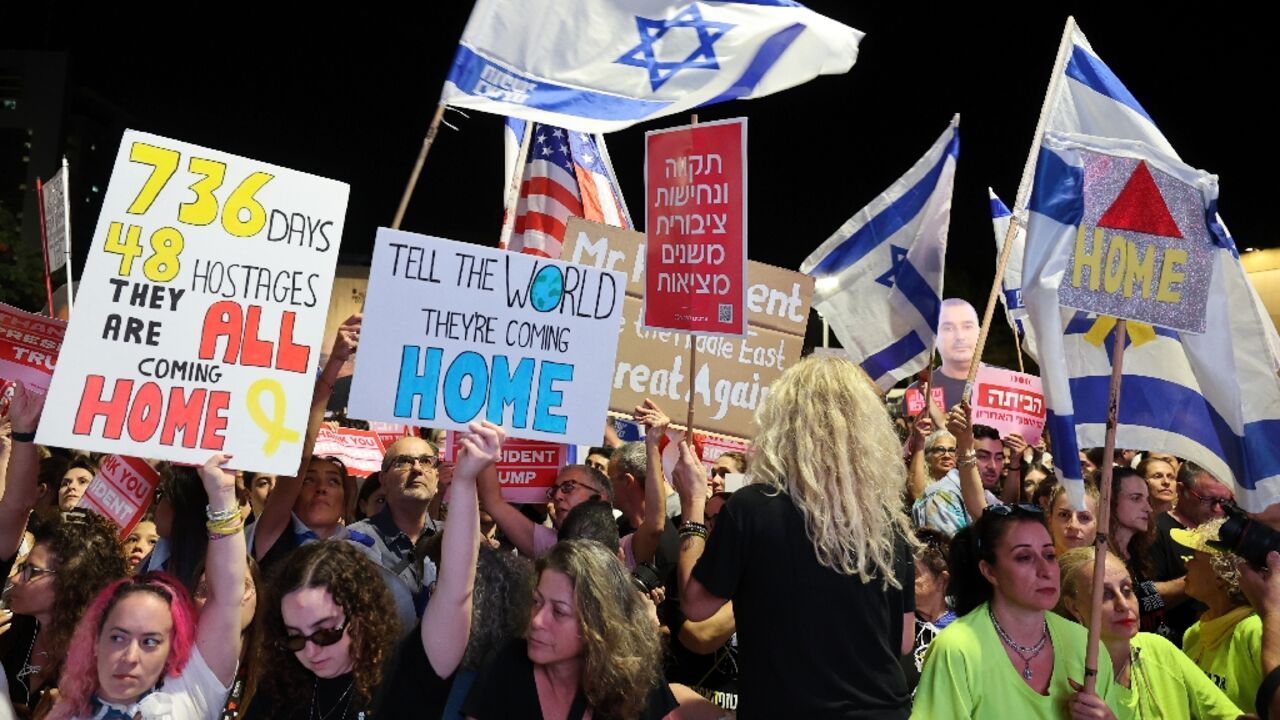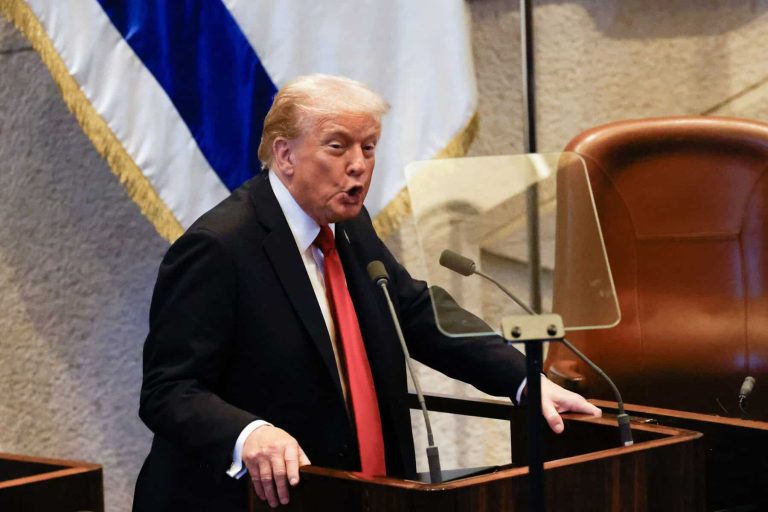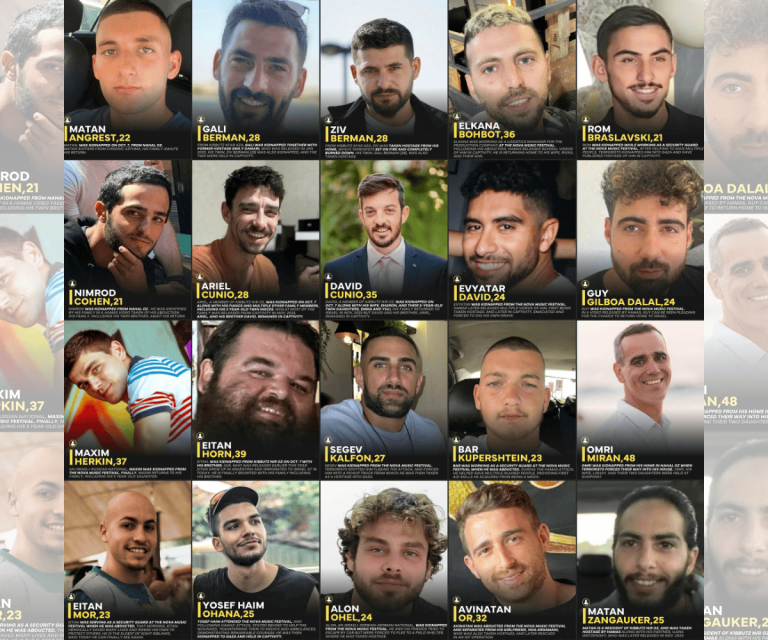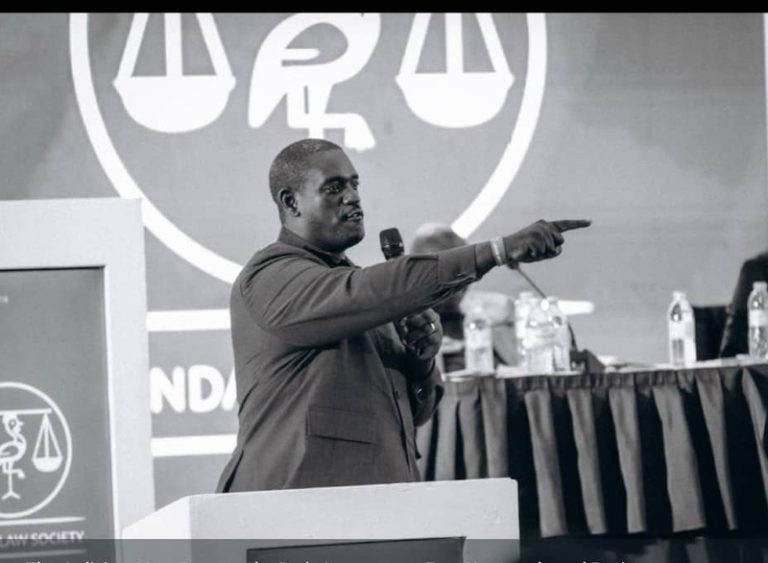
Hamas on Monday handed over the first group of seven Israeli hostages to the International Committee of the Red Cross (ICRC) in Gaza, marking the beginning of a broader release agreement that has ignited scenes of jubilation across Israel.
The handover is part of a landmark ceasefire agreement brokered by U.S. President Donald Trump, ending two years of brutal conflict between Israel and Hamas.
Under the terms of the deal, Hamas is expected to release all 20 surviving Israeli hostages in exchange for Palestinian prisoners held in Israeli custody.
In a joint statement, the Israel Defense Forces (IDF) and Israel Security Agency (ISA) confirmed the first transfer:
“According to information provided by the Red Cross, seven hostages have been handed over and are en route to IDF and ISA forces in the Gaza Strip. The IDF is prepared to receive additional hostages who are expected to be transferred later today.”
As news of the release broke, hundreds of people gathered in Tel Aviv’s Hostages Square, erupting into cheers and tears of relief.
“I’m torn between emotion and sadness for those who won’t be coming back,” said Noga, a relative of one of the hostages, speaking to AFP amid the crowd’s celebration.
The hostage crisis began on October 7, 2023, when Hamas militants launched an unprecedented assault on Israel, killing 1,219 people — mostly civilians — and taking 251 hostages into Gaza. All but 47 of them had been freed in earlier ceasefire deals.
While Israelis rejoiced at the long-awaited returns, residents of Gaza also experienced a fragile sense of relief. After years of bombardment that left vast areas in ruins, the ceasefire offers a glimmer of hope — though the scars of war remain visible everywhere.
“I came back to Sheikh Radwan with my heart trembling,” said 38-year-old Fatima Salem, who returned to her devastated neighborhood in Gaza City. “Everything was gone — the houses, the streets, the landmarks. But even in the rubble, it still feels like home.”
Meanwhile, President Trump embarked on a lightning visit to Israel and Egypt to mark what he called “the end of the war,” emphasizing his administration’s role in facilitating the ceasefire and hostage deal.
His visit comes as both sides prepare for delicate negotiations over the next phase of peace and reconstruction in the region.
“The war is over. Okay?” Trump declared before departing Washington, signaling optimism — but also uncertainty — as the Middle East takes tentative steps toward calm.



